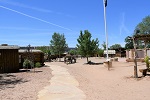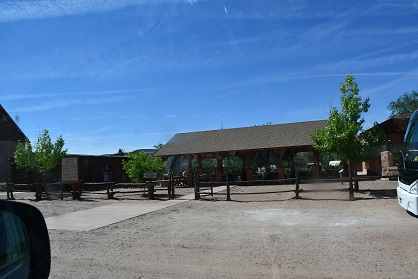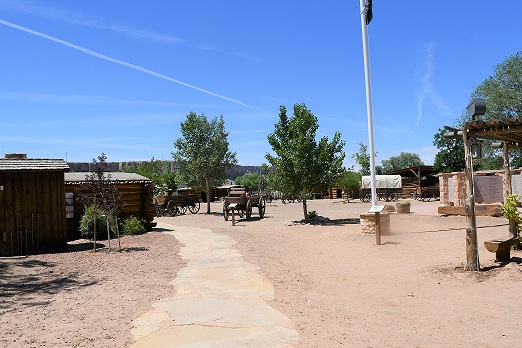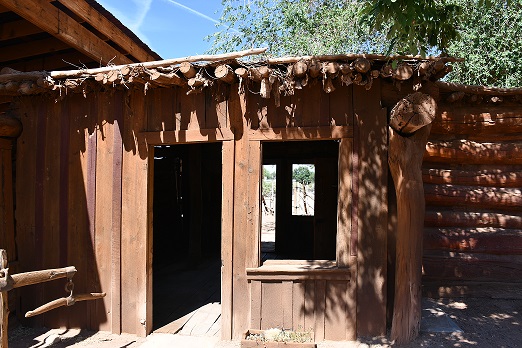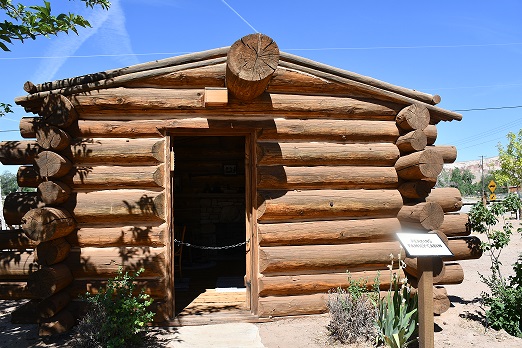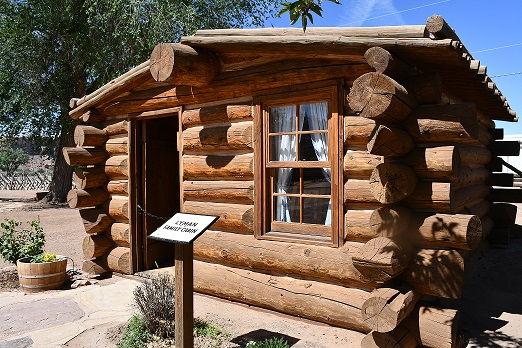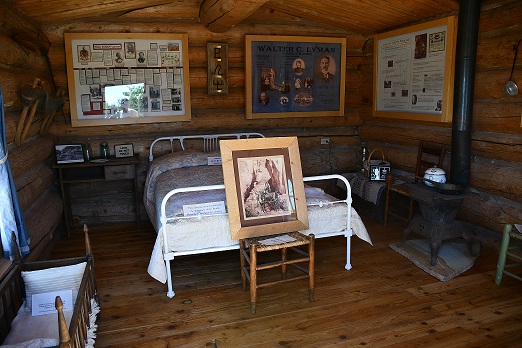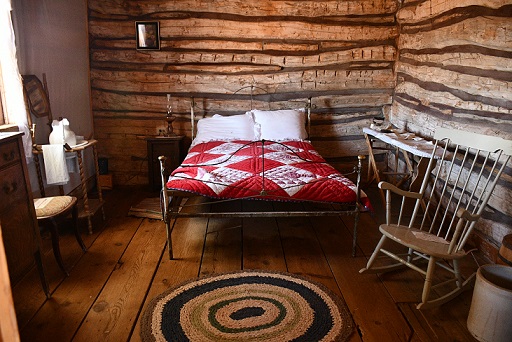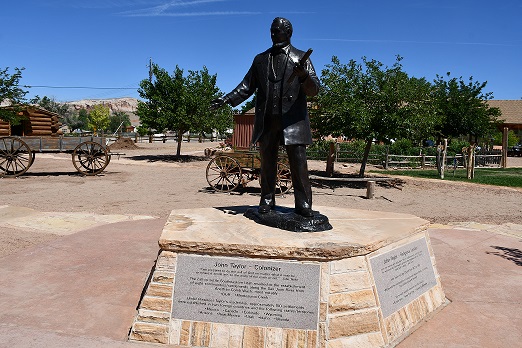| NAME | DESCRIPTION |
| FORT BLUFF | The original Bluff Fort has been rebuilt and lovingly restored through the efforts of the Hole in the Rock You can learn more about why the pioneers came to Bluff and their arduous journey over the Hole-in-the Rock trail. One of the original cabins, the Barton Cabin, may still be seen at the Bluff Fort. You will also find one of the original wagons used in the Hole-in-the-Rock Expedition. Replicas of the original log cabins and the Meetinghouse have been constructed to give the visitor a glimpse of pioneer life on the San Juan in the 1880’s. In September, Erastus Snow, Brigham Young, Jr., and other church officials arrived in Bluff to take account of the San Juan Mission. They appointed Jens Nielson the first LDS Bishop of Bluff City. Mormon pioneers seeking to establish a mission on the San Juan River in the present-day Four Corners area. The San Juan Mission would act as a buffer for the rest of settled Utah, establish law and order, and maintain friendly relations with the Indians in the area. Inside the Fort, the Bluff City Meetinghouse was completed in the fall of 1880 and served for 14 years as a church, school, dance hall, and public meeting place. After several failed attempts at farming, the pioneers shifted to ranching and formed a successful cattle cooperative business, the Bluff Pool, to compete with larger ranches. Residents built large, red rock, Victorian houses during this period of prosperity. Many of these homes have been restored and can be seen in the Bluff Historic District. In the summer of 1883, the Bluff Fort was dismantled leaving the former Fort as part of a private garden. Many of the original pioneer families and descendants moved away to colonize Monticello in 1888 and Blanding in 1905. Some of the original pioneer families who settled Bluff are buried on Cemetery Hill overlooking Bluff. |
